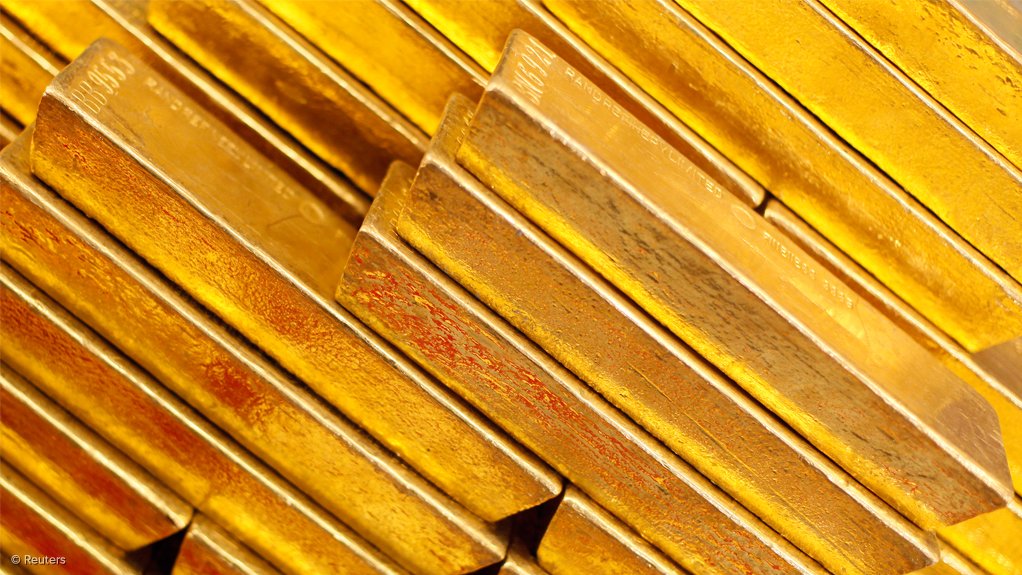PERTH (miningweekly.com) – Australian gold mining continued to climb in the 2017 financial year, reaching 299 t, or 9.6-million ounces, mining consultant Surbiton Associates has reported.
The 2017 production was up by 2.5% on the 2016 financial year, with the June quarter accounting for 75 t of production, which was up 5% on the March quarter.
“With almost 300 t produced in 2016/17, the gold mined was worth around A$16-billion at the average spot price for the year,” said Surbiton director Dr Sandra Close.
“Australia is the world’s second-largest gold producing country and gold is our third largest commodity export after iron-ore and coal.”
However, Close warned there was a real concern in the gold sector that higher royalties may be imposed, which would have negative economic consequences, would undermine confidence and would discourage investment.
“The Western Australian government is once again flagging a possible increase in mineral royalties in its forthcoming state budget. About 70% of Australia’s gold is mined in Western Australia, so the state government must think very carefully before imposing any increase in the gold royalty.”
Earlier this year, the Western Australian Premier Mark McGowan claimed the state’s Budget position was the worst since the Great Depression owing to lower tax revenues and a subdued state economy.
“Too often, the mining industry and especially the gold sector are seen as easy targets by governments trying to increase their revenue. But increasing financial burdens on the generators of wealth can have unintended consequences – in mining it can mean higher cost operations close, with the resultant loss of jobs and tax revenues,” Close said.
Close noted that every increase in costs, either from the cost of labour, fuel, taxes or mineral royalties, meant that some material that was profitable to mine and process earlier, would become unprofitable in future owing to the higher costs.
“As a result, some material will be left in the ground rather than being efficiently mined and processed. This is a waste of the state’s natural resources which are administered by the government on behalf of the people.”
Close said it was important that, through the royalty system, the Western Australian community derived a fair return for the minerals that are exploited by mining companies. However, she warned it was vital that this amount be carefully determined, to avoid "killing the goose that lays the golden egg".
“Royalties paid to the government might be only one of a number of similar payments that have to be made by a mining company. Often payments are also made to Aboriginal custodians under Native Title agreements and sometimes also to previous holders of the mining leases being worked.”
“It should be remembered that these payments must be made irrespective of whether the mining company is actually making a profit. As much as 10% of a company’s revenue may be eaten up in royalties and similar payments, in addition to taxes and other charges.”
Close said that mining is a long-term, high-capital cost business and investment decisions must be made on a long-term basis, adding that if governments impose extra charges, investment confidence can be quickly eroded.
Edited by: Creamer Media Reporter
EMAIL THIS ARTICLE SAVE THIS ARTICLE
ARTICLE ENQUIRY
To subscribe email subscriptions@creamermedia.co.za or click here
To advertise email advertising@creamermedia.co.za or click here













